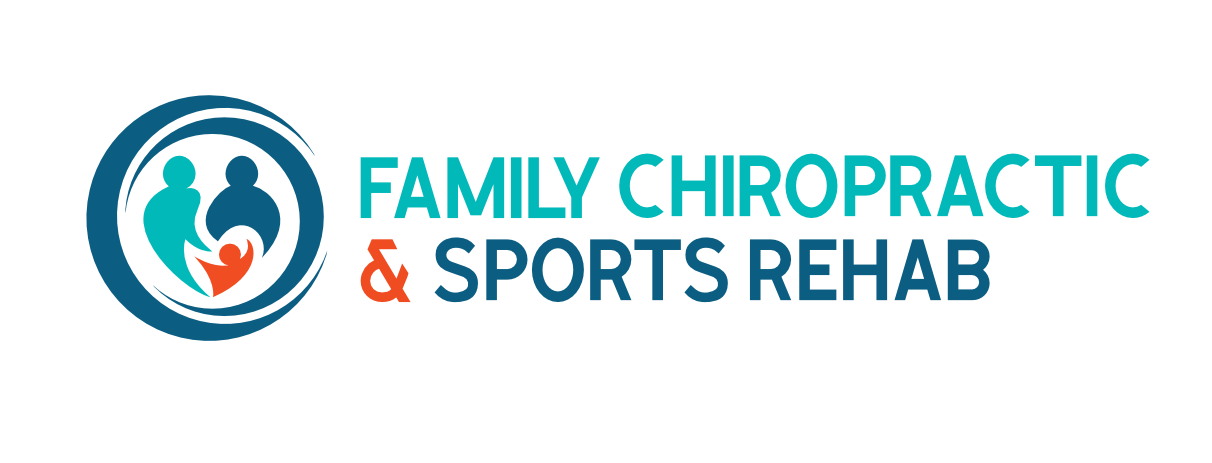What is shockwave therapy?
Shockwave therapy, also known as extracorporeal shockwave therapy (ESWT), is a non-invasive medical treatment that uses high-energy acoustic waves to stimulate healing in various parts of the body. Originally developed to break down kidney stones without surgery, shockwave therapy has found applications in orthopedics, sports medicine, and rehabilitation.
What does shockwave therapy do to your body?
Procedure: During the procedure, a device delivers shockwaves through the skin to the targeted area. The intensity and frequency of the shockwaves can be adjusted based on the condition being treated and the patient's response.
Benefits: Shockwave therapy is favored for its non-invasive nature, minimal side effects, and shorter recovery time compared to surgical options. It aims to relieve pain, improve function, and promote faster healing.
Effectiveness: A successful treatment is considered at least 75% reduction in pain within 3 months. Worldwide, success rates are around 80 to 90%.
Considerations: Not everyone is a suitable candidate for shockwave therapy. It may not be recommended for pregnant women, individuals with diabetes mellitus, or those taking certain anticoagulant medications. A thorough evaluation by a healthcare provider is necessary to determine if it's appropriate.
Overall, shockwave therapy represents a valuable treatment option for musculoskeletal conditions, offering a non-invasive alternative to surgery with promising results in pain relief and tissue healing.
what are the benefits of shockwave therapy?
Shockwave is commonly used to help conditions such as:
Plantar fasciitis and Shockwave Therapy
Achilles tendonitis and Shockwave Therapy
Tennis elbow & Golfer’s elbow and Shockwave Therapy
Rotator cuff tendinitis and Shockwave Therapy
Calcific shoulder tendinopathy and Shockwave Therapy
Frozen Shoulder and Shockwave Therapy
Peripheral Neuropathy and Shockwave Therapy
Bone fractures that are difficult to heal
Nerve Pain and Shockwave Therapy
Does Shockwave Therapy Hurt?
There may be a slight feeling of discomfort during the treatment, depending on the level of pain the patient is already experiencing in the area. However, most patients are able to tolerate this discomfort. Additionally, the intensity of the treatment can be adjusted throughout the session.
How Often Should you do Shockwave Therapy?
The number of treatments varies depending on the indication and tissue response. The effect of the treatment is cumulative, so you will typically need more than one treatment. Very often though, you will experience relief right after the first treatment. Most indications require 5-10 treatments which are done 3–10 days apart, depending on the patient’s tolerance and their tissue response.
What are the after effects of Shockwave Therapy?
After undergoing shockwave therapy (ESWT), patients may experience a range of after effects, which can vary depending on the individual and the specific condition treated. Here are some common after effects:
Soreness and Discomfort: Immediately following treatment, it is common to experience mild to moderate soreness or discomfort at the treatment site. This discomfort typically resolves within a few days but may persist longer in some cases.
Redness and Swelling: Some patients may notice redness or swelling around the treated area. This is usually mild and temporary, resolving within a few days.
Bruising: In some cases, minor bruising may occur at the treatment site. This is more common in areas where the skin is thinner or where the shockwaves are delivered more intensely.
Numbness or Tingling: Temporary numbness or tingling sensations in the treated area may occur immediately after the procedure. This typically resolves quickly as circulation returns to normal.
Fatigue: Some patients report feeling tired or fatigued after shockwave therapy. This is usually mild and transient, resolving within a short period.
Gradual Improvement: In the days and weeks following shockwave therapy, patients typically experience gradual improvement in their symptoms. It may take several weeks to months to achieve maximum benefit, depending on the condition being treated.
It's important for patients to follow post-treatment care instructions provided by their healthcare provider. This may include rest, heat application, gentle stretching exercises, and avoiding activities that could exacerbate symptoms.
Overall, shockwave therapy is considered a safe and effective treatment for many musculoskeletal conditions, with mild and transient after effects being the most common. However, patients should always discuss any concerns or unusual symptoms with their healthcare provider promptly.
Shockwave Therapy in Ave Maria, Florida
Family Chiropractic and Sports Rehab has built a reputation in Ave Maria, Florida as a caring, family-oriented, and innovative chiropractic clinic with over 20 years of combined experience. Our entire staff offers a variety of chiropractic, dry needling, Shockwave Therapy, myofascial therapy, and therapeutic exercises that can improve your condition.
To schedule a consultation or therapy with Shockwave Therapy, call us at (239) 990-7068, or you can message us at info@chiropracticswfl.com.




